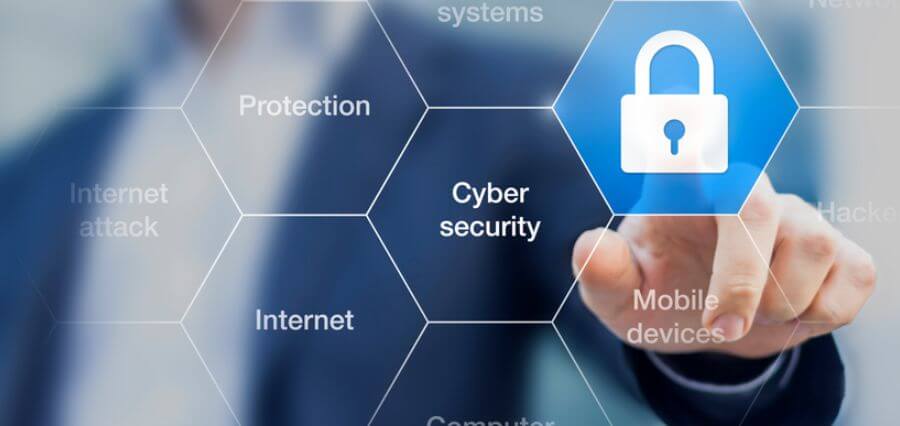In today’s digital age, data breaches and cyber attacks have become all too common. With the increasing reliance on software for various aspects of business and personal use, the importance of implementing strong cybersecurity measures cannot be overstated. Whether you’re a business owner, an IT professional, or simply a concerned individual, understanding the strategies for protecting your data is crucial in safeguarding sensitive information from potential threats.
The landscape of cybersecurity in software is constantly evolving, with new threats and vulnerabilities emerging regularly. As such, it is essential to stay informed about the latest best practices and techniques to ensure the security of your data. In this blog, we’ll explore some key strategies for protecting your data within software, empowering you to enhance your digital defenses and minimize the risk of security breaches.
Understanding the Threat Landscape
Before delving into specific strategies, it’s essential to have a clear understanding of the threat landscape in cybersecurity. Cyber attacks come in various forms, including malware, phishing, ransomware, and more. These threats can exploit weaknesses in software systems, leading to unauthorized access to sensitive data, financial losses, and reputational damage.
Furthermore, the advent of cloud computing, IoT (Internet of Things), and interconnected systems has expanded the potential attack surface for cybercriminals. As a result, organizations and individuals must adopt a proactive approach to cybersecurity to mitigate the risks associated with these advancements in technology.
Implementing Multi-Layered Defense
A fundamental strategy for protecting your data in software is to establish a multi-layered defense approach. Relying solely on a single security measure is no longer sufficient given the sophistication of modern cyber threats. Instead, a combination of security layers should be implemented to create a robust and resilient defense system.
These layers may include:
1. Firewalls: Network firewalls serve as the first line of defense, monitoring and controlling incoming and outgoing traffic based on predetermined security rules. Application-level firewalls can also be employed to filter specific types of traffic.
2. Encryption: Data encryption is crucial for safeguarding sensitive information. By encoding data in such a way that only authorized parties can access it, encryption helps prevent unauthorized interception and access.
3. Access Control: Implementing strict access controls, such as multi-factor authentication and role-based permissions, ensures that only authorized individuals can access certain data and system functionalities.
4. Regular Software Updates: Keeping software applications and operating systems updated is essential for addressing known vulnerabilities and patching security holes that could be exploited by cybercriminals.
5. User Education and Awareness: It’s important to educate users about best practices for maintaining security, such as recognizing phishing attempts, creating strong passwords, and exercising caution when sharing sensitive information.
Leveraging Advanced Threat Detection Technologies
In addition to establishing preventative measures, leveraging advanced threat detection technologies is crucial in identifying and mitigating potential security threats. Threat detection solutions, such as intrusion detection systems (IDS) and security information and event management (SIEM) platforms, play a critical role in monitoring network activities, identifying anomalies, and alerting security teams to potential security breaches.
Moreover, the use of artificial intelligence (AI) and machine learning (ML) for anomaly detection and behavior analysis enables organizations to stay ahead of emerging threats by identifying patterns and indicators of compromise.
Adopting a Cybersecurity Mindset
Ultimately, the most effective cybersecurity strategies stem from adopting a proactive and vigilant mindset. Recognizing that cybersecurity is an ongoing process rather than a one-time task is essential. Regular risk assessments, security audits, and incident response planning contribute to a holistic approach to cybersecurity within software environments.
Furthermore, staying informed about the latest cybersecurity trends, regulations, and compliance requirements enables organizations and individuals to adapt their security measures to evolving threats and standards.
In Conclusion
The realm of cybersecurity in software is complex and dynamic, requiring a multifaceted approach to effectively protect sensitive data from cyber threats. By implementing multi-layered defense mechanisms, leveraging advanced threat detection technologies, and adopting a proactive cybersecurity mindset, organizations and individuals can fortify their digital defenses and minimize the risk of data breaches.
Staying informed, remaining vigilant, and prioritizing cybersecurity as an ongoing priority are paramount in safeguarding valuable data assets. In a world where cyber threats continue to proliferate, the commitment to robust cybersecurity practices is indispensable for maintaining the integrity and confidentiality of sensitive information within software environments.









